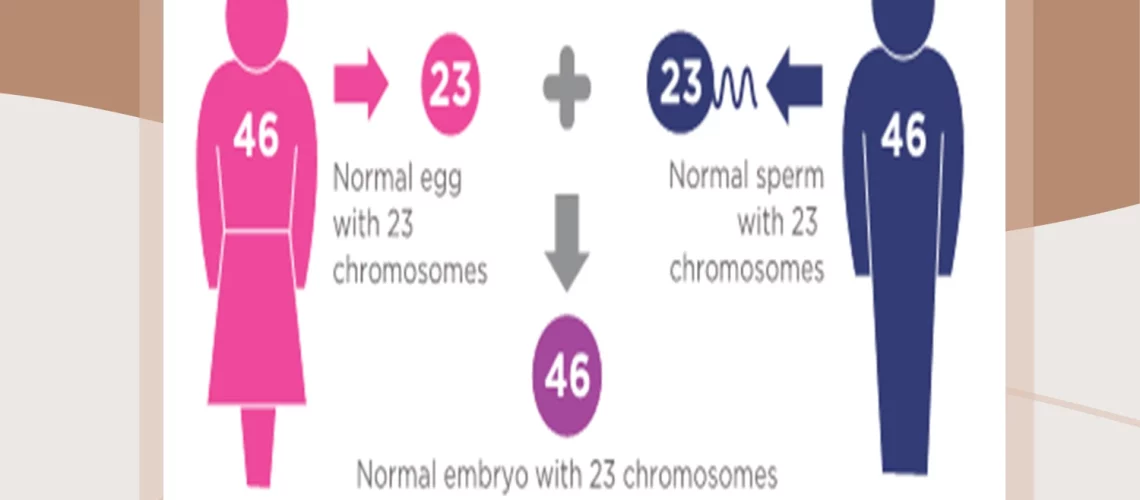Euploidy and aneuploidy
It is very important to receive good quality embryos during the artificial reproductive technologies, as it is the key to a successful treatment. But what does actually “good quality” mean? Is this about the microscopical evaluation of embryos by an embryologist? Let’s go to the fundamentals of this question.
During the fertilization process, two cells from both of parents will fuse, a spermatozoon of a father and an oocyte from a mother. Each of this cells stores a half of the usual number of chromosomes, and chromosomes are the carriers of the genetic material in all cells of the human body. But when the fertilization occurs, their genomes, each from 23 chromosomes (22 autosomes and one sex chromosome), will form the genome of a future embryo.
In normal conditions, under this process the embryo will be formed with 46 chromosomes: 44 autosomes, which are equal in both genders, and two sex chromosomes: XX for girls XY for boys. This state is called “euploidy” and it means the normal amount of chromosomes.
Sometimes, according to the individual situations in parents, their gametes can contain the wrong amount of chromosomes. The cause can be both age-related and associated with medical conditions such as inherited problems, harmful environment (ionizing radiation, some medications).
This will result in the formation of the embryo which will have the wrong number of chromosomes (less than 46 or more than 46). This called “aneuploidy” and it may lead to health problems in a child. Also, such embryos can be morphologically normal, so, during the microscopy, the embryologist will not see any abnormalities. The genetic status of embryos will not necessarily lead to some changes of their appearance.
How to estimate the genetic status of embryos?
If a doctor will decide that the parents are in the risk group, they will be proposed with the preimplantation genetic testing. It means that their embryos will be biopsied, a little part of them (5-10 cells) will be taken to the genetic laboratory and, after the investigation, the doctor will receive: which embryos are aneuploid and which are public, so could be recommended for a transfer. For the best chances for pregnancy, the most qualitative morphologically and, at the same time, the euploid embryo will be picked for a transfer.
Will the aneuploidy definitely lead to diseases in a child?
Well, with it these problems are not guaranteed. According to the Preimplantation Genetic Diagnosis International Society recommendations, there is a ‘priority’ list of transferring aneuploid embryos in case if there are no euploid options. This priority starts from specific aneuploidies which will less probably lead to the health problems, however, more detailed pregnancy investigation will be required to estimate all health risks with ultrasounds and biochemical screenings. Nonetheless, it will be estimated by your doctor and Pons Medical Research will find you appropriate specialists for consultation in case of such a need.

